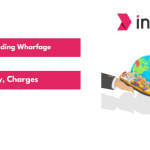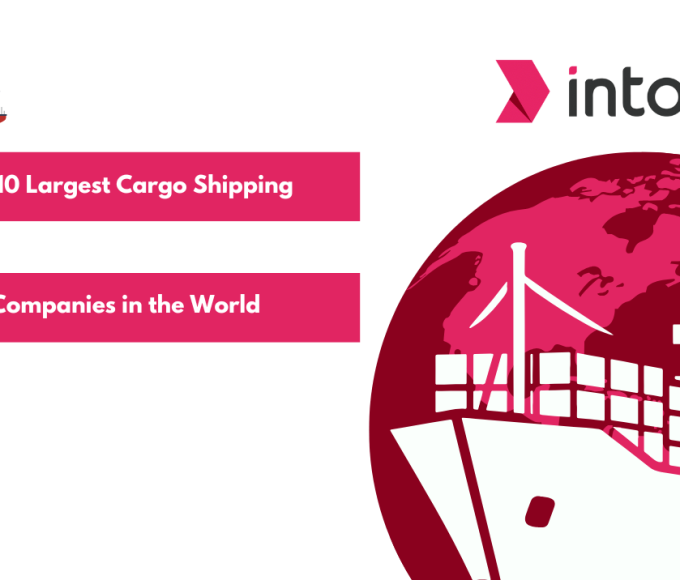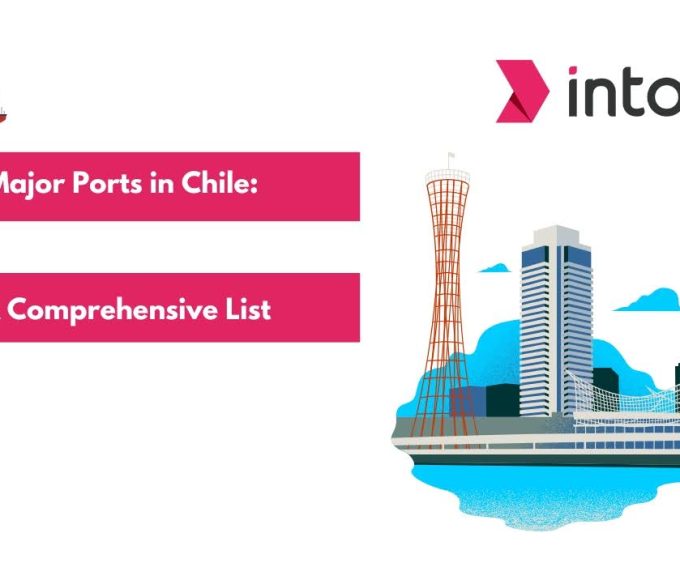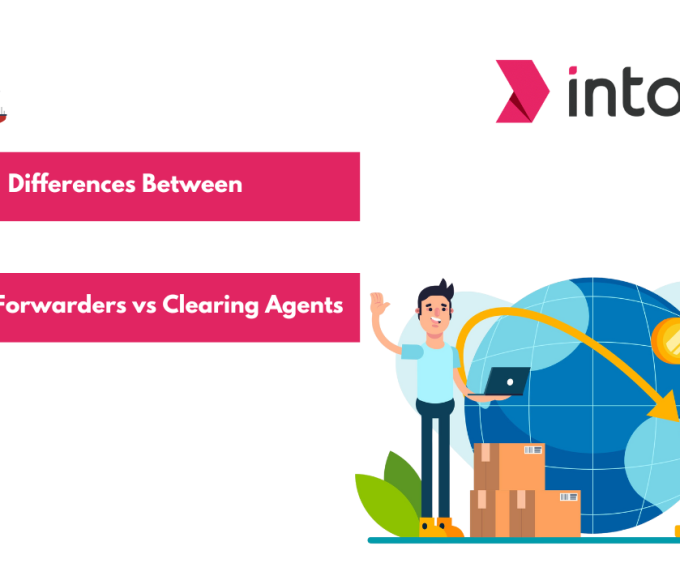The Original Bill of Lading (OBL) is a key document in international trade. It is a legally binding contract between the shipper and the carrier, setting the terms and conditions for transporting goods.
More than just a contract, it serves as a multifaceted document with critical roles: it acts as proof of ownership, a contract of carriage, and a receipt for the goods shipped. The importance of the OBL cannot be overstated; it facilitates the smooth transfer of ownership, verifies the shipment of goods, and ensures the proper cargo release upon arrival. By fulfilling these essential functions, the OBL maintains the integrity and efficiency of global commerce, underpinning the trust and reliability necessary for successful international trade transactions.
To avoid any misinterpretation, it’s important to understand the major difference between OBL and BL. The OBL is a specific original document that represents ownership of goods and is essential for their release at the destination. In contrast, BL is a broader term encompassing any document issued for a shipment, including copies that lack the legal weight and ownership transfer capability of the OBL.
Throughout this article, we will understand the function, importance, documentation, and compliance of the Original Bill of Lading (OBL).
Let’s get started!
Functions of an OBL
An Original Bill of Lading (OBL) serves multiple key functions. This document ensures that both parties have a clear record of the shipment and its terms.
- Title of Cargo and Shipment Receipt
The OBL functions as both a title of the cargo and a shipment receipt. When the carrier gets the goods from the shipper, the OBL confirms this transaction. This document proves that the carrier has received the goods in the specified condition and quantity. As a cargo title, the OBL signifies ownership, meaning that whoever holds the OBL holds the rights to the goods.
- Detailed Item and Shipping Information
An OBL contains crucial details about the shipment. It includes descriptions of the items being transported, the terms of shipping, and information about the consignee—the person or entity receiving the goods. This precise information is essential to ensuring that all parties involved in the shipping process are on the same page, decreasing the possibility of errors and misunderstandings. Clear item descriptions help verify that the correct goods are shipped and received, while the shipping terms outline responsibilities and expectations.
- Shipment Release Requirement
The OBL is necessary for the consignee to gain the release of the shipment at its destination. Upon arrival, the consignee must present the OBL to prove they are the rightful recipient of the goods. This requirement adds a layer of security, ensuring the cargo is only handed over to the authorized party. Without the OBL, the carrier will not release the shipment, protecting against unauthorized access.
- Surrender for Receipt
To receive the goods, the consignee must surrender the OBL. There are often three original copies of the OBL, and the surrender of any of these originals is typically sufficient to release the goods. This practice ensures that the release process is secure and that the ownership and control of the goods are appropriately transferred. By requiring the physical surrender of the OBL, all parties can be assured that the transaction is legitimate and complete.
Why is the Original Bill of Lading Important?
The Original Bill of Lading (OBL) is a fundamental international shipping and trade document. Its importance stems from its multifunctional role, which ensures the seamless movement of goods across cross-shipment borders. Here are the key reasons why the OBL is indispensable:
Legal Proof of Ownership and Receipt
The OBL serves as legal proof of ownership and receipt of the cargo. It is crucial for facilitating the change of ownership from the shipper to the consignee, ensuring that the rightful owner can claim the goods upon arrival.
Linked to Payment and Financing Mechanisms
The OBL is often linked to payment and financing mechanisms, making it a critical component in trade finance. It can be used as collateral, providing security for loans or other financial agreements. This linkage helps in securing financing and managing payment terms between parties.
Required by Customs for Cargo Release
Customs authorities require the OBL for cargo release at the destination port. This document establishes all parties’ legal contracts and responsibilities, ensuring that goods are only released to the rightful owner.
Supports Insurance Claims
The OBL supports insurance claims in the event of damage or loss during transit. It provides essential details that can be used to substantiate claims, helping shippers and consignees recover losses efficiently.
Compliance with International Conventions and Regulations
The OBL ensures compliance with international conventions and regulations governing the shipping industry. This compliance is essential for maintaining the legitimacy and legality of shipping operations and protecting all parties involved from potential legal issues.
Types of Releases Associated with OBL
Understanding the types of releases associated with the Original Bill of Lading (OBL) is crucial for ensuring smooth and efficient cargo handling in international trade. Two common types of releases are the Telex Release and the Express Release, each serving distinct purposes in the logistics process.
1. Telex Release
A Telex Release allows the consignee to receive the goods without presenting the original Bill of Lading. Once the shipper has surrendered the OBL to the carrier’s agent at the origin port, the carrier sends a telex (or electronic message) to the destination port, authorizing the release of the cargo to the consignee.
This type of release is beneficial when the original documents are delayed, or the shipment needs to be expedited. It reduces paperwork and speeds up the release process, providing a practical solution in time-sensitive situations.
2. Express Release
An Express Release, or a Sea Waybill, simplifies the cargo release process even further. With an Express Release, no original Bill of Lading is issued, and the consignee can claim the goods directly upon arrival at the destination port.
This type of release is typically used for shipments between trusted partners where there is no need for the traditional document transfer process. It enhances efficiency by eliminating physical document handling and can be especially advantageous for regular or high-frequency shipments.
Both Telex and Express Releases play vital roles in modern logistics by offering flexibility and speed in cargo handling. They help streamline operations, reduce administrative burdens, and ensure timely delivery of goods, thereby supporting the dynamic needs of international trade.
How Does the OBL Affect the Release of Goods at the Destination?
The Original Bill of Lading (OBL) is pivotal in releasing goods at the destination port. Several significant functions help to understand its impact:
1. Proof of Ownership
The OBL serves as proof of ownership. The consignee must present the OBL to claim the goods, establishing their right to receive the shipment. This prevents unauthorized parties from taking possession of the cargo.
2. Documentation Requirements
Customs and port authorities require the OBL to process the release of goods. This document ensures that all legal and regulatory requirements are met, facilitating the smooth clearance of shipments through customs.
3. Security and Control
The OBL provides a security mechanism by controlling who can claim the goods. Only the holder of the OBL can take possession of the cargo, ensuring that the shipment is released to the correct party. This control is crucial for maintaining the integrity of the supply chain.
4. Facilitating Payment and Financing
The payment terms and financing agreements often tie the OBL. Banks may require the OBL to release funds or extend credit. This linkage ensures the security of financial transactions before handing the goods to the consignee.
5. Telex and Express Releases
In certain situations, alternative releases like Telex Release or Express Release can expedite the process by releasing goods without requiring the original OBL, as long as specific conditions are satisfied. This flexibility proves advantageous in time-sensitive scenarios.
6. Compliance with International Trade Practices
The OBL ensures compliance with international trade practices and conventions. It establishes a standardized process for transferring and releasing goods, minimizing disputes and misunderstandings among parties involved in the trade.
7. Insurance Claims
The OBL is essential for filing insurance claims for any transit damage or loss. It provides the necessary documentation to prove ownership and the terms of carriage, facilitating the claim process and ensuring that the consignee can recover losses.
OBL Documentation and Compliance
Proper documentation and compliance are critical in international trade, and the Original Bill of Lading (OBL) is pivotal in this process. Here’s a detailed look at the key aspects:
Details within an OBL
An OBL contains specific details that are essential for the shipment process:
- Shipper and Consignee Information: It involves the identity, i.e., the shipper (sender) and the consignee (receiver) names and addresses. This information is essential for identifying the individuals involved in the cargo.
- Shipment Date: The date when the loading of goods took place onto the vessel. It helps track the timeline of the shipment and is important for both logistical planning and legal purposes.
- Goods Description: A thorough description of the shipped goods, including their quantity, type, and packaging. Accurate descriptions ensure that the correct goods are shipped and received.
- Value of Goods: The declared value of the goods. It is important for insurance purposes and for calculating customs duties and taxes.
Clean Original Bill of Lading
A Clean Original Bill of Lading does not have any notations indicating damage or discrepancies in the cargo. Its importance lies in the following:
- Title Transfer: A clean OBL is often required to transfer ownership of the goods. It assures the buyer that the goods were in good condition when shipped.
- Payments: In many cases, payment to the seller is contingent upon presenting a clean OBL. This document provides the financial institutions involved in trade finance with the assurance that the shipment is as agreed upon.
How is OBL Different from Sea Waybill?
The OBL and the Sea Waybill serve different functions, especially in terms of negotiability and ownership transfer:
- Negotiability: An OBL is a negotiable document that can be endorsed and transferred to another party, thereby transferring ownership of the goods. This feature is crucial for transactions involving multiple parties.
- Ownership Transfer: The OBL acts as a title of ownership for the goods. The holder of the OBL has the right to claim the goods upon arrival. In contrast, a Sea Waybill is non-negotiable. It is primarily a receipt for the cargo and does not transfer ownership. The consignee named in the Sea Waybill is the only party that can claim the goods.
Conclusion
The Original Bill of Lading (OBL) is a crucial international shipping document representing ownership, receipt, and contractual obligations between parties. Its proper understanding and management ensure smooth logistics operations and compliance with global trade regulations. From documentation to customs clearance, meticulous handling of the OBL ensures the integrity of shipments, facilitating efficient and secure door-to-door delivery services.
Explore Intoglo’s comprehensive services as your trusted logistics partner for seamless India-to-USA shipping. Benefit from our expertise in documentation management, stringent compliance with global trade regulations, and efficient customs clearance processes. Whether importing or exporting, Intoglo guarantees reliable door-to-door delivery solutions tailored to meet your logistics needs. Contact us today to integrate your international shipping experience with confidence and ease.









Leave a comment